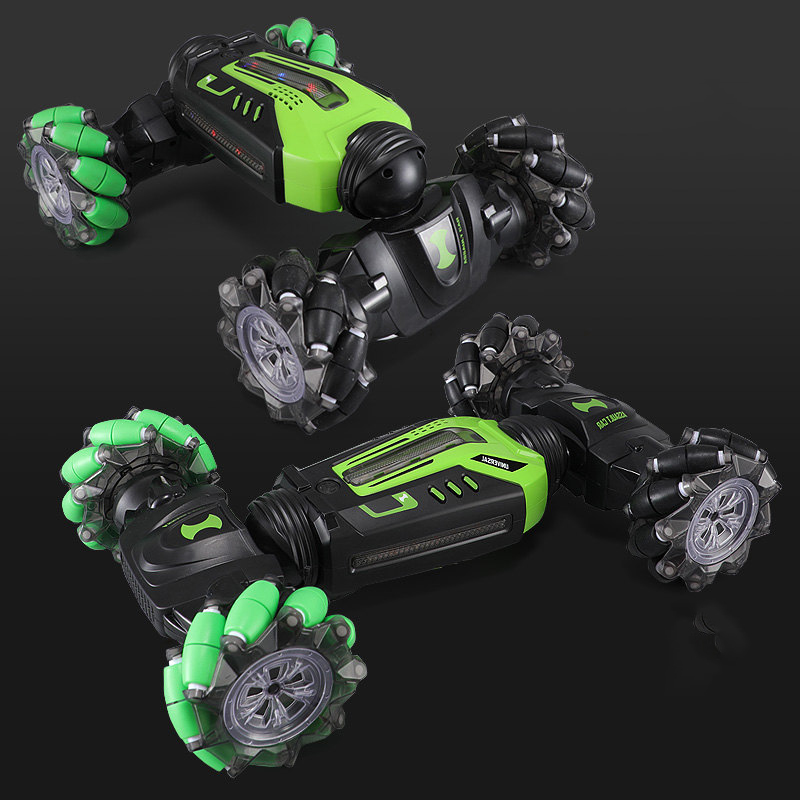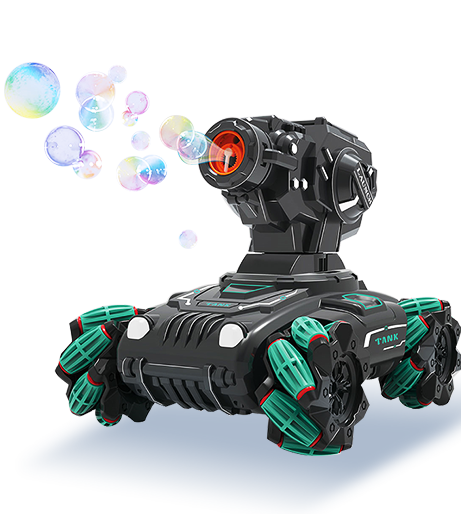introduce:
Remote control cars have taken the world by storm, captivating people of all ages with their thrilling speed and exhilarating controls. These tiny machines have evolved tremendously over the years, ushering in a new era of remote-control fun. In this blog, we delve into the fascinating journey of the remote-controlled car, its evolution, and its impact on enthusiasts around the world.
The birth of the remote control car:
The concept of remote-controlled cars dates back to the early 1950s when hobbyists began experimenting with simple radio-controlled models. However, it wasn’t until the 1960s that commercial toymakers realized the potential of this innovation and began mass-producing affordable remote-controlled cars for the masses. These early models were often basic, clockwork-driven vehicles controlled by essential radio signals.
The development of technology:
As technology advances, so do remote-controlled cars. In the 1970s, companies such as Tamiya and Kyosho introduced battery-powered vehicles with more advanced radio systems that provided greater range and better control. With the advent of proportional radio systems, enthusiasts gained the ability to control acceleration, steering, and braking.
Electrical Revolution:
While remote-controlled cars powered by internal combustion engines dominated the market until the 1980s, the rise of electric models revolutionized the industry. Electric cars run quieter, are easier to maintain, and offer an easier entry point for newcomers. This shift in power has also paved the way for innovations like rechargeable batteries, improving convenience and overall performance.
Precision Engineering:
Throughout the ’90s, remote-controlled cars underwent a major transformation, becoming highly specialized machines built with precision engineering. Manufacturers are turning to lightweight materials like carbon fiber and aluminum to improve durability and performance. The suspension system has been modified to enhance handling and agility, allowing these small vehicles to tackle a variety of terrain with ease.
Digital Age:
At the turn of the 21st century, a new era of remote-controlled cars incorporating digital technology opened. Microprocessors and electronics have improved control systems, allowing for greater customization and finer tuning options. Enthusiasts can now adjust throttle sensitivity, steering response, and braking power to suit their driving style and track conditions.
Competition and Community:
With the growing popularity of remote-controlled cars, organized racing events and competitions began to emerge. These gatherings bring together passionate enthusiasts from all over the world, fostering a thriving community around a shared love of the hobby. Supported by online forums, social media networks, and dedicated websites, RC car enthusiasts can share their experiences and knowledge, furthering progress and innovation.
The Future of Remote Control Cars:
As technology continues to improve, the future of remote-controlled cars looks promising. With the rise of artificial intelligence, we can expect to see autonomous driving models, advanced collision avoidance systems, and improved connectivity options. Additionally, developments in battery technology may lead to longer runtimes and faster charging capabilities, enhancing the overall experience for enthusiasts.
in conclusion:
The evolution of remote control cars from simple wind-up toys to complex high-performance machines has been a remarkable journey. Thanks to the advancement of technology and the enthusiasm of enthusiasts, these small vehicles have become more than just toys, they have become true expressions of innovation and excitement. Year after year, RC cars continue to captivate us, push the boundaries of what’s possible, and keep us eagerly awaiting the future of this incredible hobby.
Post time: Sep-08-2023

